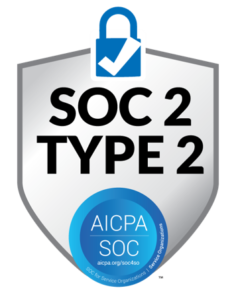The global supply chain disruptions of 2020 continue to create challenges in the freight marketplace. Surging e-commerce demand, ocean shipping volatility and motor freight capacity constraints are all factors driving manufacturers and distributors to search for new ways to improve productivity and reduce transportation costs. Both have long used Labor Management System Software and Engineered Standards to drive higher levels of performance and reduce labor costs within the warehouse. However, many have yet to explore the benefit of using these tools within their delivery operations.
To date, an abundance of technology has been deployed to manage driver performance including dynamic routing solutions and onboard systems. However, these solutions don’t provide optimal labor management capabilities. For reference, compare the level of labor management functionality available in a typical warehouse management system vs. the functionality provided by sophisticated Labor Management System Software.
It is well known that the unique and targeted functionality found in Labor Management System Software can enable a distribution environment to achieve performance improvements in the range of 10 to 20 percent. That same level of improvement can be achieved within the non-drive component of delivery operations, which for many operations totals 40 percent or more of total delivery hours. Prime non-drive activities include pre- and post-vehicle checks and actual delivery/stop time.
SOPs and Engineered Standards
Savings during non-drive time can be achieved through the development of SOPs for pre- and post-vehicle checks and the development of multi-determinant stop time standards for each customer category.
- Having SOPs in place for vehicle checks can help ensure that equipment is prepped and ready to go at the start of each shift, get paperwork where it needs to be more efficiently, and reduce travel time around the yard.
- Managing to minimum stop time expectations can result in adding anywhere from 2 to 5 additional stops on a route. This means fewer trucks in your fleet.
When you consider the total cost of a truck, annual maintenance, and fuel and driver salaries, a Driver Labor Management System program that includes Labor Management System Software and is specifically designed for your delivery operation, typically provides payback in less than 3 months.
“In many cases, ProTrack for Drivers clients are able to decrease their cost per stop by 10-25% and their payroll hours by 5-15%.”
Driver Compensation
Once you have multi-determinant stop time standards established and are feeding those times into your routing system, you will be in a great position to sweeten your drivers’ compensation. Sophisticated Driver Labor Management System Software will automatically calculate driver pay in a number of ways including route pay, component pay, or hourly play plus incentive pay.
As driver shortages continue, increasing the performance of your delivery drivers and finding ways to share part of those savings will help you reduce turnover. Labor Management System Software specifically designed for delivery operations, like ProTrack for Drivers, can make this happen. If you’re ready to get on the road to achieving total driver performance, learn more by scheduling a ProTrack for Drivers demo.

